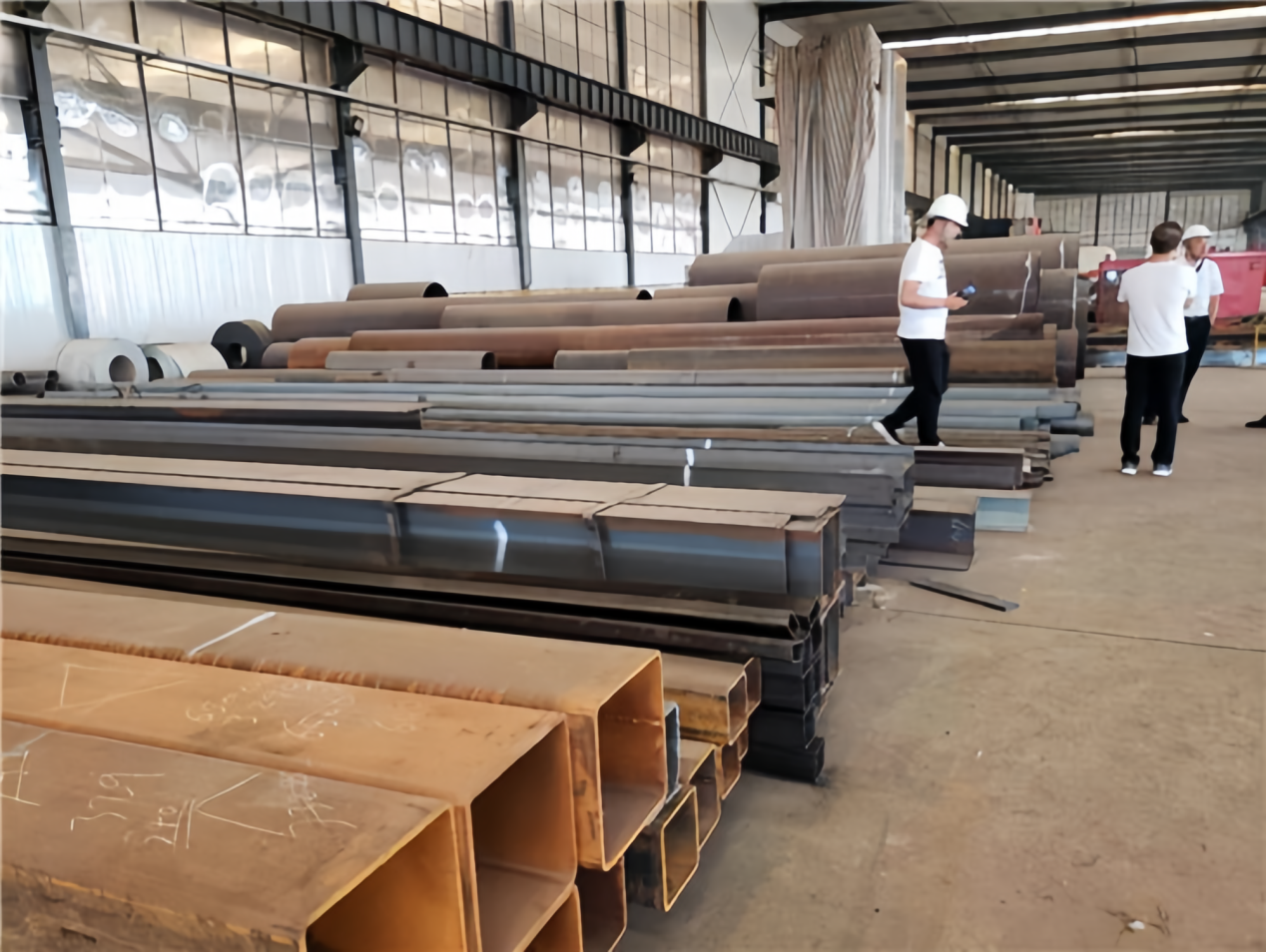The difference between hot dip galvanizing and electroplating
2024-08-28
2024-8-28
Hot dip galvanizing and electroplating are two common methods used to protect metal surfaces from corrosion and rust. While both processes aim to provide a protective coating, they differ in terms of application, properties, and the overall protection they offer.
Hot dip galvanizing involves immersing the metal into a bath of molten zinc, creating a metallurgical bond between the zinc and the steel. This process results in a thick, durable coating that provides excellent protection against corrosion. Hot dip galvanizing is commonly used for outdoor structures, such as fences, guardrails, and structural steel, where the metal is exposed to harsh environmental conditions.
On the other hand, electroplating is a process that uses an electric current to deposit a thin layer of metal, such as zinc, nickel, or chromium, onto the surface of the substrate. Unlike hot dip galvanizing, electroplating does not create a metallurgical bond between the metal and the substrate. Instead, it forms a thin, decorative or functional coating that enhances the appearance and properties of the metal. Electroplating is often used for decorative purposes, as well as for providing corrosion resistance to items like automotive parts, hardware, and household appliances.

One of the key differences between hot dip galvanizing and electroplating is the thickness of the coating. Hot dip galvanizing produces a much thicker layer of zinc compared to electroplating, making it more suitable for applications that require heavy-duty corrosion protection. Additionally, hot dip galvanizing provides cathodic protection, meaning that even if the coating is scratched or damaged, the surrounding zinc sacrificially protects the exposed steel.
In contrast, electroplating offers a thinner coating, which may not provide the same level of long-term protection as hot dip galvanizing. However, electroplating allows for greater precision in controlling the thickness of the coating and can be tailored to meet specific aesthetic and functional requirements.
In summary, while both hot dip galvanizing and electroplating are effective methods for protecting metal surfaces, they serve different purposes and offer distinct advantages. Hot dip galvanizing provides a robust, long-lasting coating suitable for heavy-duty applications, while electroplating offers a thinner, more customizable finish for decorative and functional purposes. Understanding the differences between these processes is crucial in selecting the most appropriate method for a particular application.




